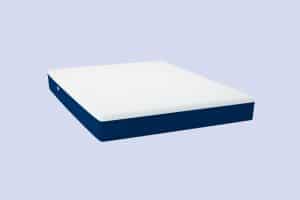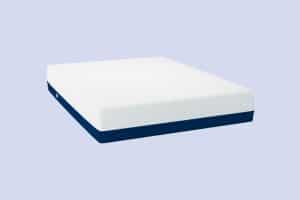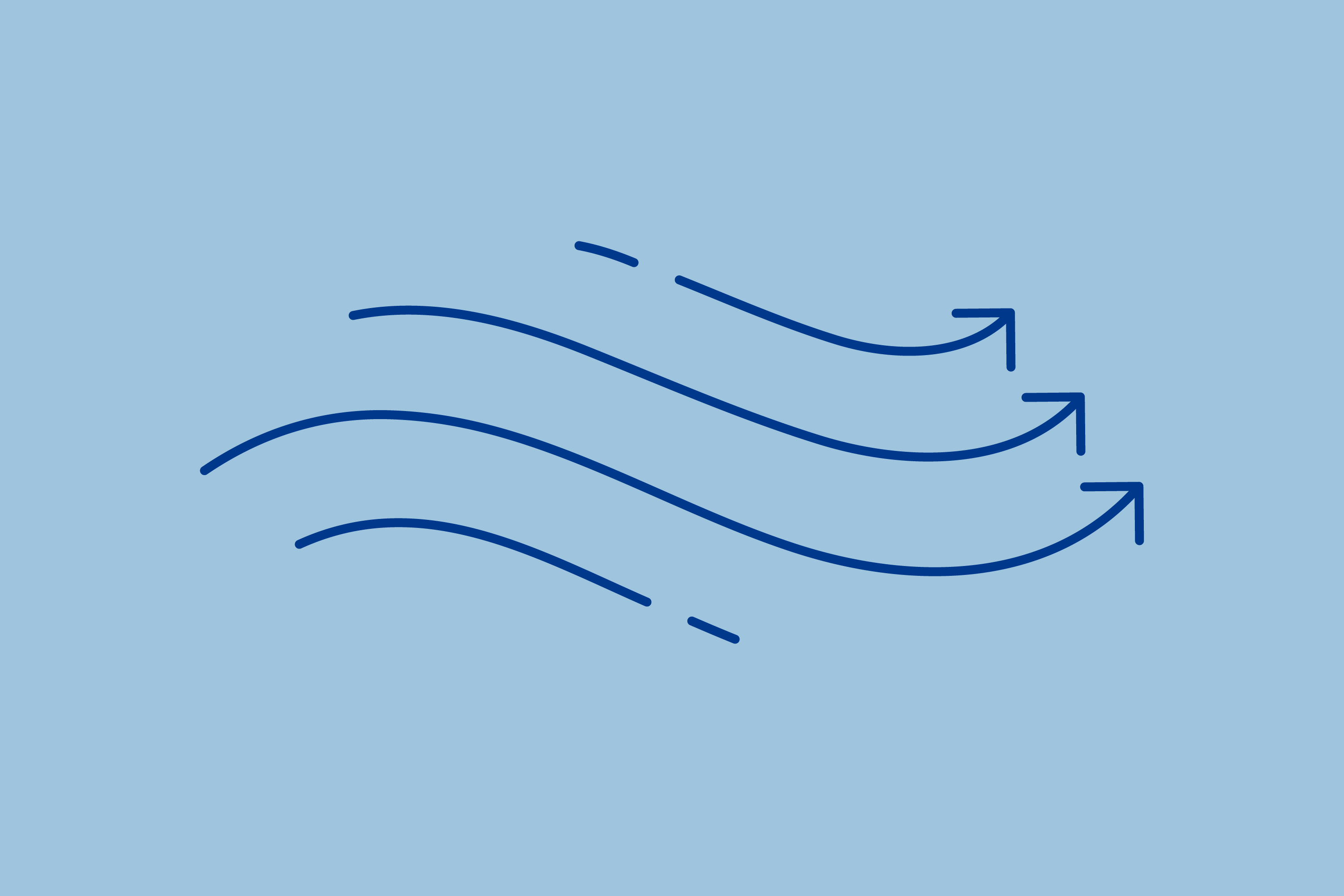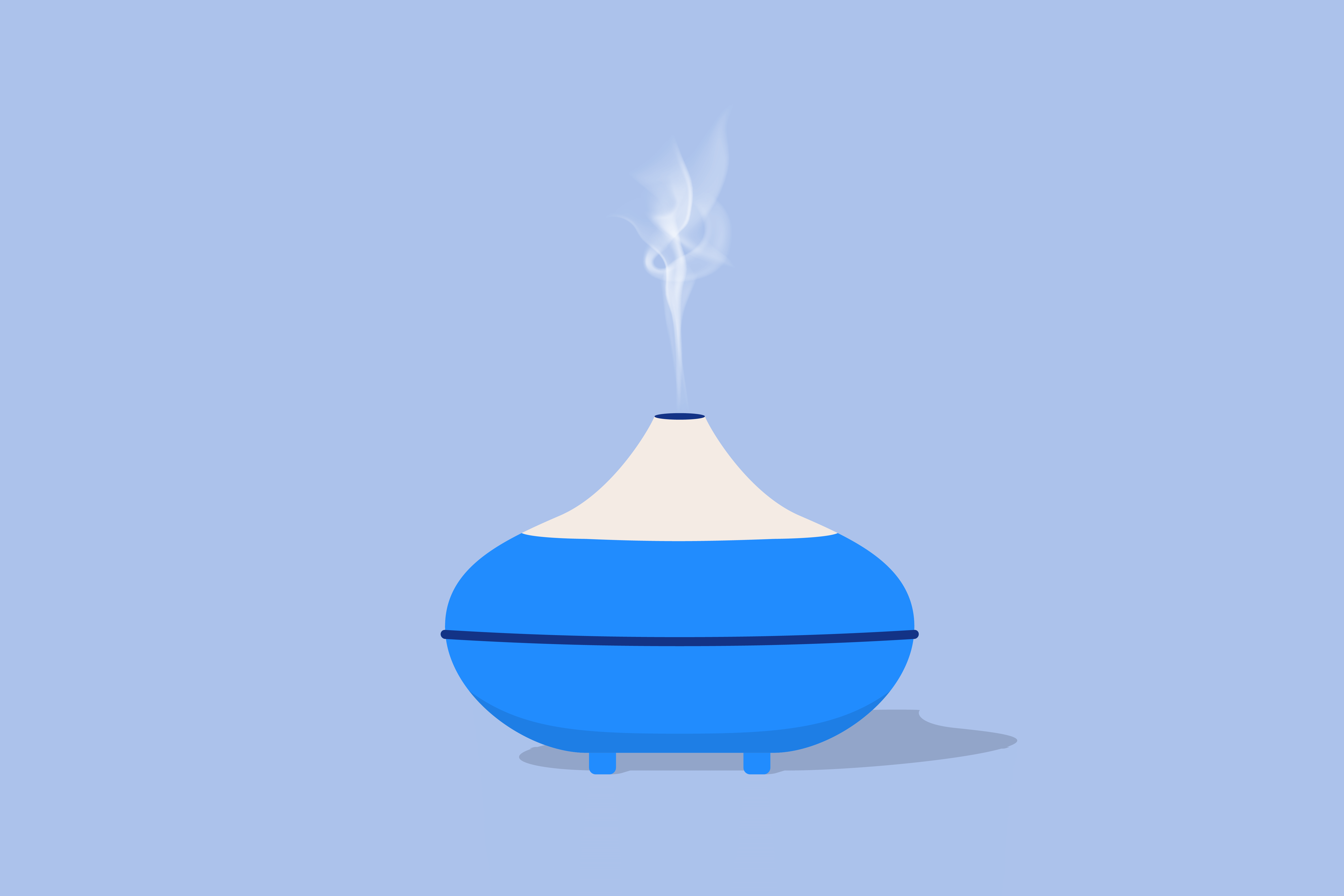The mattress your dorm room supplies will more than likely be used and thus, not in the best shape. It is difficult to find adequate sleep on an uncomfortable mattress.
That’s why we believe one of the most important investments a new student can make is a high-quality mattress. A mattress fit to meet your singular needs can lead to healthier, deeper sleep and in turn, improved academic performance. Verified Source Harvard Health Blog run by Harvard Medical School offering in-depth guides to better health and articles on medical breakthroughs. View source
In this article, we will take a look at the best dorm room mattresses and discuss how to choose the right one for you.
Qualities of a Good Dorm Room Mattress
With campus housing comes limitations usually surrounding size and shipping, but that doesn’t mean you should sacrifice comfort. Let’s quickly review a checklist filled with the qualities of a good college bed.
- Appropriate size: Most dorm rooms are designed to fit two twin or twin XL sized beds, so the mattress you select should be available in these sizes. We suggest confirming size with your university’s housing facility prior to purchasing.
- Includes free shipping: If you are attending college out of state, it may be easier to get the mattress directly delivered to your dorm room. If you are on a tight budget we suggest seeking a brand offering free shipping.
- Easy to Transport: If you cannot get your new mattress delivered to your dorm, you will probably want something easy to transport, such as a mattress in a box. These mattresses are compressed and packaged into a compact and easy to carry cardboard box.
- Affordable but high-quality: Housing, tuition, books, parking, and meal cards make college pricey, so we understand the need for an affordable bed. A good mattress will be composed of high-quality materials but also stay within your budget.
- Has a warranty: Beds are an investment, so we recommend guaranteeing its life span with a warranty. Just because you are buying a mattress specifically for your dorm room does not mean you cannot use it well past your college years.
- Has a sleep trial: We spend nearly one-third of our life in bed, if that doesn’t scream commitment we don’t know what does. This is why we suggest selecting a mattress with a risk-free sleep trial. You should absolutely love your bed and if you don’t, a sleep trial will ensure you’re not stuck with it for four more years.
The purchase of an Amerisleep mattress is complete with all of the above, making our beds an excellent choice for college students. Let’s discuss the type of sleepers they are most suitable for as well as what makes each bed unique.
AS1
 The AS1 is Amerisleep’s firmest option. It’s thick support core supplies the support necessary to facilitate healthy back and stomach sleeping while its soft surface cultivates comfort.
The AS1 is Amerisleep’s firmest option. It’s thick support core supplies the support necessary to facilitate healthy back and stomach sleeping while its soft surface cultivates comfort.
The top layer is formulated from a partially plant-based material called Bio-Pur®—an appealing choice for eco-friendly consumers. Standing 2 inches tall, the soft Bio-Pur® is just thick enough to gently contour the body without causing uncomfortable sinkage. It’s open-cell structure also promotes air circulation and responsiveness, ensuring you never overheat or feel stuck.
Next, is our 8-inch Bio-Core® layer, a firm foundation used to prolong the life of our mattresses. The AS1 has a thicker foundation than any other Amerisleep bed, ensuring its firm feel is kept. This secure foam also pushes back against the body to prevent it from dipping too far into the mattress, making the AS1 a good option for heavier sleepers as well.
Together, the foam layers total 10 inches, resulting in an overall thinner and therefore, firmer feeling mattress. The AS1 is completed with a comfortably cool cover to promote airflow.
AS2



2 inches of Bio-Pur® creates a soft, breathable comfort layer immediately followed by a 3-inch Affinity transition layer with HIVE® technology. Affinity is a breathable foam designed with a strategic zoned-support system to prevent and relieve back pain.
The AS2’s Affinity layer with HIVE® technology is at least 1 inch thicker than our other memory foam mattresses which can be credited for its unmatched pain-relieving abilities.
The mattress ends with a durable 7-inch Bio-Core® layer to curb potential sinkage and premature soft spots while guaranteeing long-lasting pain relief. The 12-inch bed is then wrapped in a comfortable, airy cover perfect for hot sleepers.
AS3



A 3-inch Bio-Pur® surface contours the curves of our body to alleviate high-pressure areas. It is followed by a 2-inch Affinity foam with HIVE® technology to maintain purposeful support by lifting our head, torso, and feet while relaxing our hips and shoulders.
A 7-inch Bio-Core® base reinforces the top two layers, inhibits excessive sinking, and increases the mattress’s lifespan. The12-inch foam layers rest inside our signature airy cover.
AS3 Hybrid



The AS3 Hybrid’s 3-inch Bio-Pur® comfort layer cushions and relieves heavy weight while 8 inches of pocket coils provide support. The top two layers are upheld by 1 inch of Bio-Core®, enhancing the quality of the bed.
Not only do our pocket coils promote supportive comfort, but they also provide breathability. The coils are detached and individually wrapped in fabric. This construction facilitates additional airflow making the bed cooler than memory foam and a good choice for hot sleepers or those in warmer climates.
It is important to note that the supplemental support of the coils creates a bounce-like feel with less give than the AS3 memory foam bed. This may make the hybrid mattress a better choice for heavy sleepers but uncomfortable for petite people. This is because the reactive coils can be too firm to adequately contour lightweight sleepers’ hips and shoulders.
The top two layers are upheld by 1 inch of Bio-Core®, enhancing the quality of the bed. The 12-inch mattress is encased in the same cool cover as its memory foam counterpart.
AS4



With 4 inches of Bio-Pur®, the AS4 has the thickest comfort layer of any mattress, supplying substantial pressure relief. 1 inch of Affinity with HIVE® technology rests below the thick top layer. This thin transition maintains the level of support necessary for our back without sacrificing the mattress’s soft feel. A 7-inch Bio-Core® foundation ensures the soft foam layers will not sink or prematurely sag.
This 12-inch mattress rests inside our airflow-permitting cover.
AS5



Active Flex is a 2-inch extremely responsive foam, used to increase support in our soft mattress. It quickly bounces back to movement, ensuring you never feel stuck or sink too deeply. Active Flex’s reactive nature also makes our soft AS5 capable of properly supporting sleepers weighing more than 250 pounds.
This advanced mattress is complete with a 7-inch Bio-Core® base to maintain the layers above it.
AS5 Hybrid



A 3-inch Bio-Pur® comfort layer preserves the softness of the original AS5 while 2 inches of Active Flex make the hybrid version just as fit for heavy sleepers. These layers are followed by 8 inches of zoned-support pocket coils ensuring your spine’s optimal alignment is not exchanged for its soft feel.
A strong 1-inch Bio-Core® base completes the bed.
Benefits of an Amerisleep Mattress
Bio-Pur®
Bio-Pur® material forms the comfort layer in every Amerisleep mattress. It is partially plant-based and more eco-friendly than traditional memory foam making it ideal for green shoppers.
Bio-Pur®’s open-cell structure is perfect for hot sleepers because it leaves space between the foam’s particles for air to flow through. This structure is also less dense and much more responsive, meaning you won’t sink into the foam or ever feel stuck. The responsiveness of open-cell foam is most beneficial for sleepers with frequent soreness or pain that makes it challenging to move.
Zoned-Support
Multiple Amerisleep mattresses contain zoned support, a feature suitable for anyone experiencing shoulder, back, or hip pain.
HIVE® Technology
We use HIVE® technology in our AS2 to AS5 memory foam mattresses to shape Affinity foam into hundreds of hexagon cutouts then groups them into deliberate comfort zones: the head, shoulders, back, hips, and feet.
The cutouts are placed close together near the head, back, and feet, providing a sturdy foundation for these lightweight body parts, but spread farther apart near the shoulders and hips, allowing them to expand and provide ample pressure relief. The purposefully placed hexagons work to promote the neutral position of our spine to prevent pain.
Pocket Coils
The pocket coils in our hybrid mattresses are situated into three comfort zones: the shoulders, back, and hips. The coils push back against our spine but cushion the shoulders and hips. Like HIVE® technology, this targeted support optimizes spinal alignment to counter pain.
20-Year Warranty
Quality sleep is crucial, but it’s entirely impossible without a quality mattress. For that reason, we methodically craft our beds to sustain years of use, allowing us to offer an industry-leading 20-year warranty.
We will replace a defective mattress free of charge for up to 10 years. During the second decade, we will replace it for half the price you paid.
Risk-Free 100-Night Sleep Trial
While we find our mattresses rather comfortable, we don’t want you to be stuck with a bed you don’t adore.
We encourage you to give yourself at least 30 nights to adjust to your new mattress. If you find it delivers anything less than restful sleep after this period, give us a call and we will process you a full refund. We will also work with you to recycle or donate your mattress.
Important Factors to Consider Before Buying Your College Mattress
To make your dorm mattress as comfortable and durable as possible be sure to acknowledge your sleeping position, body type, and available bed frame. You may also consider adding accessories to enhance your sleeping environment.
Sleeping Position
The way we sleep can affect a mattress’s ability to properly support us and relieve pain. Different types of sleepers not only prefer but require varying feels.
- Back sleepers should opt for a medium-firm to firm mattress. Sleeping on your back naturally protects the arch of your spine, but anything too soft to sustain your body weight may lead to excessive sinking, depleting support. A medium-firm to firm feel will press up against your head, midsection, and feet to keep them from collapsing. We will discuss body type later in order to guide your selection between medium-firm and firm.
- We do not recommend stomach sleeping. Stomach sleepers place an unhealthy amount of pressure on their midsection, causing the spine to descend into an unnatural curve. If you find every other position uncomfortable, use a firm mattress. Firm mattresses are less likely to give to the pressure of your torso, therefore keeping your spine aligned.
- Side sleepers will benefit from a medium to medium-soft feel. Side sleepers rely on their shoulders and hips to carry a majority of their body weight while asleep. This amount of pressure can cause our arms or legs to become numb. A medium to medium-soft feel will cushion and relieve pressure from these areas, preventing tingling limbs.
- Combination sleepers rotate between back, side, and stomach sleeping. A medium mattress is soft enough to cushion potential pressure points but firm enough to stop your spine from settling into potentially-harmful positions.
Body Type
Different body types place varying amounts of pressure on a bed. Therefore, the firmness level you find most comfortable may depend on your body weight.
- Light weight (weighting less than 130 pounds): Anything firmer than medium-soft to soft will not respond to even the heaviest parts of your body. This may cause your hips and shoulders to rest higher than they should, applying unnecessary pressure on your back.
- Average weight (weighing 130 to 230 pounds): We suggest a medium to medium-firm mattress. This feel will adequately support your midsection while also providing a fair amount of pressure relief.
- Heavy sleepers (weighing more than 230 pounds): A soft mattress is not designed to withstand very much pressure. We advise a firmr mattress for heavy sleepers because it will slightly surround the curves of your body without plunging it into the bed. If you find a firm feel uncomfortable, seek a mattress with a bouncy responsive layer like Active Flex.
Accessories For Additional Comfort
Without a quality mattress, achieving a good night’s sleep is difficult. However, comfortable bedding, the right pillow, a supportive bed frame, and mattress protectors can also promote healthier, deeper sleep.
Bedsheets



If you attend school in a warmer climate, tend to sleep hot, or experience recurring night sweats, invest in linen, Tencel®, or percale cotton sheets. These notoriously cool fabrics can dramatically upgrade the feel of your bed.
If you will be studying in a colder climate or sleep chilly consider heat-retaining silk, flannel, or wool sheets.
Pillows
The right pillow can also enhance the quality of your sleep. Let’s determine the best pillow size and loft for you.
Pillow Size
There are two pillow sizes appropriate for a dorm room mattress: standard and queen. A standard size pillow measures 20”x26”. This length will fit comfortably across a twin or twin XL mattress, but if you tend to toss and turn, your head may slip off. Therefore, it is best for sleepers who remain in a single position all night long.
A queen size pillow is longer than the standard size at 20”x30”. However, this size pillow will also fit across a twin or twin XL bed. Its additional length is ideal for combination sleepers because their head will stay cushioned and elevated as they move throughout the night.
Pillow Loft
Loft refers to the height of a pillow. Proper pillow loft can be determined by your sleeping position.
Low loft pillows are best for stomach sleepers because they tend to turn their head to one side and anything higher may result in a kinked neck. Back and side sleepers will likely benefit from a medium loft memory foam pillow while side sleepers should use one with a higher loft.
Bed Frame
If you purchase a memory foam or hybrid mattress it will need a firm base. We suggest a solid or slatted foundation. Luckily, most dorm rooms come with a slatted foundation, but you will want to make sure the slats are no farther than 3 inches apart because this could cause premature soft spots. If the slats are farther than 3 inches apart, a simple solution is to place a bunkie board over them.
Mattress Protector
Dorm rooms are limited in furniture, so college students tend to spend more time lounging on their beds resulting in stains from food, drinks, and sweat. A waterproof mattress protector can guard your bed from these lingering spots. Mattress protectors are also a great choice for allergy sufferers because they keep out irritating penetrants like dust mites, bacteria, and mold.
FAQs
Why do dorm rooms use twin XL sized mattresses?
Although most single adult sleepers would opt for a full or queen sized mattress, dorm rooms contain twin XL mattresses because they are tight on space. Twin XL beds are also much more common than twin sized beds in campus housing because they are 5 inches longer, accommodating for adult heights. This length difference is important to remember when shopping for bedding.
What bedding is needed in a college dorm?
Most college dorms come with a bed frame and mattress, but some dorm rooms allow you to supply your own mattress. If they do not, you will want to invest in a mattress topper for college, along with sheets, pillows, pillowcases, and a comforter. You may also choose to bring a mattress protector to preserve the life of your new bed or mattress topper.
Can you put a twin XL mattress on a twin frame?
You cannot put a twin XL mattress on a twin frame. Twin XL mattresses are 5 inches longer than twins, so the foot of the mattress will not be supported by your foundation. Both bed sizes are found in university housing. We recommend calling your living facility to verify the size needed.
Do college dorm rooms have bunk beds?
Some college dorms have bunk beds to maximize space. Others feature loft beds—a raised foundation with space to fit a desk or dresser below it. If your living facility contains one of these beds make sure the foundation is fit for your choice of mattress.
Should I loft my dorm room bed?
Lofting, or elevating, your bed will create additional space for storage. If you or your roommate are having a difficult time fitting your lives into the four walls of your dorm room, a lofted bed may prove beneficial. However, a lofted bed will require climbing a ladder every time you want to relax and may make it difficult to make or change your sheets.
Conclusion
We hope this article has helped you realize you don’t have to settle for an uncomfortable mattress during your college years. Despite popular belief, low-quality sleep should not be a norm for college students. If you choose to live on campus, a dorm room will be your home for 10 months out of the year, so why not make it comfy? After all, the multiple stresses of college life call for a safe place to rest your head each night which the right mattress can provide for you.
About the author
Stacy Liman is a journalism graduate student and a freelance writer with a focus on mindfulness and content marketing. Her passion for understanding and writing about the science of sleep enables her to provide valuable insights into achieving healthier and deeper rest. Stacy's commitment to helping people improve their sleep drives her exploration of new mattresses and sleep-promoting gadgets.
View all posts





